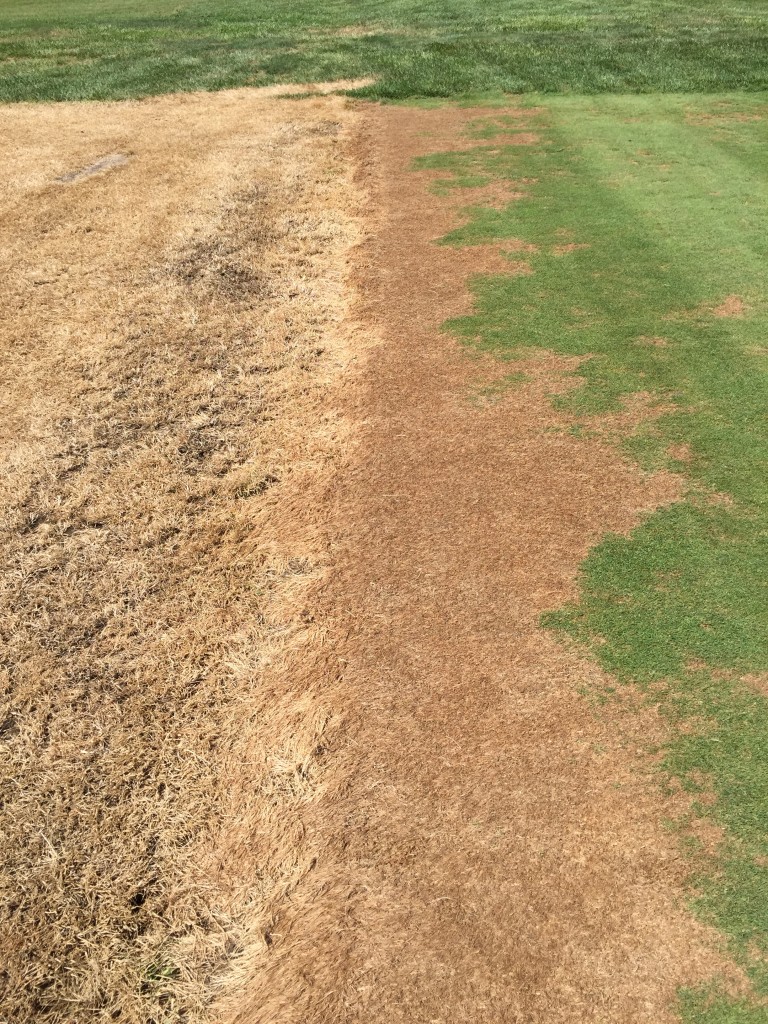(By Jared Hoyle, KSU Turfgrass Research and Extension)
 The other day after eating dinner I was watching TV trying to finally relax. A commercial came on about Roundup for lawns…. I thought to myself “Oh man, This is going to cause a lot of confusion!”
The other day after eating dinner I was watching TV trying to finally relax. A commercial came on about Roundup for lawns…. I thought to myself “Oh man, This is going to cause a lot of confusion!”
There is a huge difference in the active ingredients in Roundup compared to Roundup for Lawns. That is why it is so important to know what you are applying.
Dr. Kevin Frank at Michigan State University just posted a great article about the difference between Roundup and Roundup for Lawns. Check it out here.
http://msue.anr.msu.edu/news/difference_between_roundup_and_roundup_for_lawns
Every homeowner needs to know the difference!
I will make a prediction. Due to the confusion with the names of these products. I will get at least one phone call this year where someone has killed their entire lawn with glyphosate because they thought they could use Roundup on their lawn and they put out the wrong product.
Always remember to READ THE LABEL for the correct rate, turfgrass tolerance, and specific instructions before application!!!
***Mention of trade names or commercial products in this article is solely for identification purposes and does not imply recommendation or endorsement, nor is criticism implied of similar products not mentioned by Kansas State University.***
Don’t forget to follow me on twitter @KSUTurf.
Also, visit our facebook page www.facebook.com/KSUTurf


